How Plastic Is Affecting Our Wildlife
How Plastic Is Affecting Our Wildlife
The Ocean
In 2014 an estimated 15 to 51 million microplastic particles were floating in the oceans. What is a microplastic? A microplastic is one tiny piece of plastic which has been broken down over time. Animals such as fish, crabs, seals, whales, seabirds and dolphins are only some of the animals which eat these microplastics making them ill. More than 12 million pieces of litter have found in and around rivers, canals, shorelines and the seafloor. 8 out of 10 items listed were made of plastic. 44% of this plastic litter is all related to take-out food and drink. Measures to cut plastic pollution have been mainly focused on common items such as drink stirrers, cotton buds and also straws.
What is Ghost Gear?
Ghost gear is the name of which is given to fishing gear that has been abandoned or lost at sea. Fishing lines and fishing nets are becoming more of a common problem with animals getting caught up in them. Animals such as seals, turtles, dolphins and other sea creatures are being entangled in among these nets, causing most of the animals to pass away.
The Land
Here at Brinvale all our bags are recycable and we are now looking into amking peanut butter jars recycable too, which is our own brand of peanut butter called 'Peanut Butter for Birds'. Our own brand of peanut butter will have a whole recycable outer. We believe in making as much as possible recycable to help the enivronment in any way we can. Toxic litter i.e mouldy food, paint chips and cigarette butts can be extremely dangerius if any bird or any other animal for that atter digests it. Litter such as brightly coloured balloons can be rather attractive looking for any bird looking for food. Balloon pieces are unable to be digested, so they will stay in the digestive tract, blocking the passage way of food. In return this will starve the bird as no food will eer leave the digestive trat into the stomach.
Nowdays we see alot of litter in and under hedges. These heavily littered areas make in an usuitable place for birds to nest and shelter where they feel most comfortable. This means that they have to find other places, which could have greater competition or even a risky place with birds of prey around, resulting in possible loss of our smaller common garden birds. If the hedges have got litter in them, there is less chance of insects and seeds around for the birds to feed from.
Litter can also attract unwanted predators such as cats, rats and foxes which will also prey on the smaller birds and any nests if possible. Rotting litter can also cause bacteria which if attracts mites and ticks, can be very harmful to ay bird or other animals that come into contact with them.









